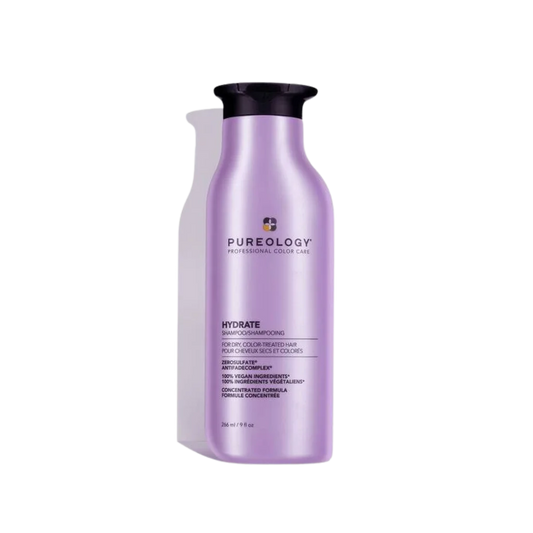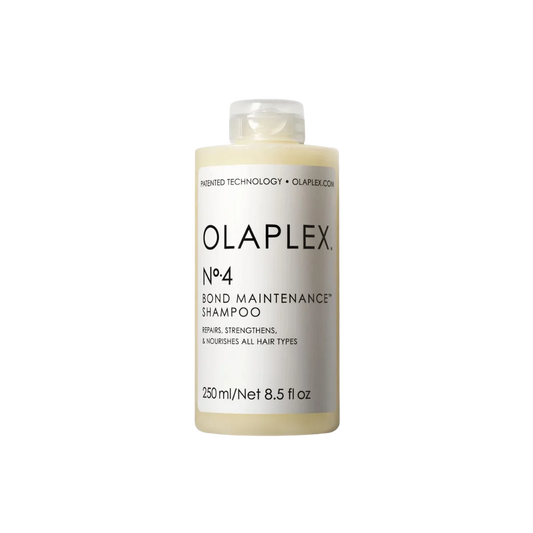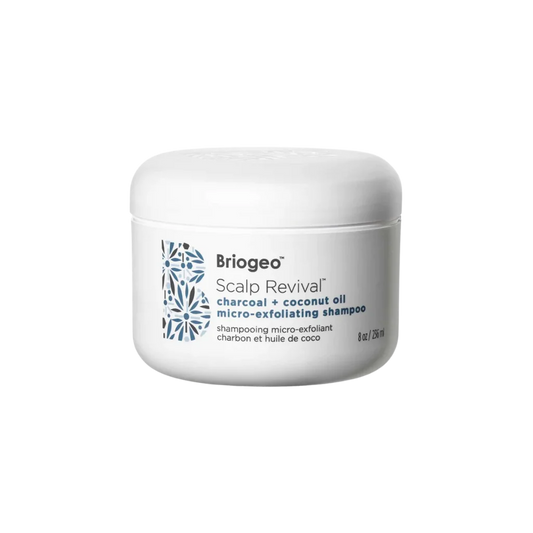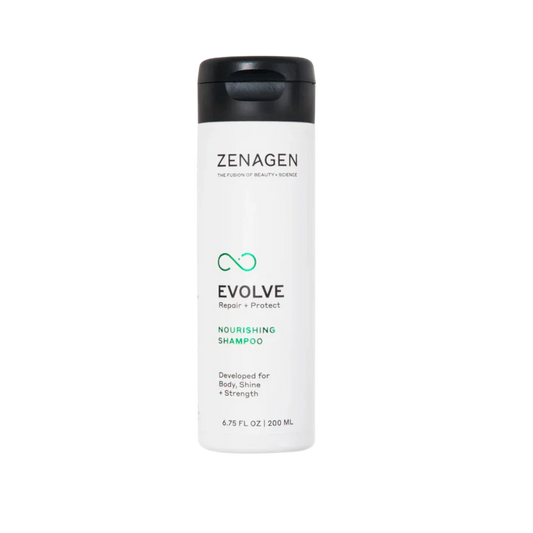
The Brittle Hair Fix: Your Complete Guide to Stronger Strands
Your hair is staging a rebellion, and frankly, it’s winning. Those strands that once cascaded down your shoulders now snap at the first sign of a brush. If your hair feels more like autumn leaves than silk ribbon, you’re dealing with brittle hair—and you’re not alone.
Brittle hair isn’t just “bad hair days”—it’s a structural condition that requires the right approach to fix. The good news? Most damage is reversible with patience and the right treatments.
What Is Brittle Hair?
Brittle hair is scientifically defined as hair with increased breakage due to structural damage in the hair shaft. Unlike simple dryness (which just needs moisture), brittle hair involves actual protein damage that affects your hair’s strength.
The key differences:
- Dry hair: lacks moisture but maintains structure—think thirsty, not broken
- Damaged hair: suffers from breakage, split ends, and a weakened structure, often due to chemical or physical trauma
- Brittle hair: similar to damaged hair; however, involves protein damage throughout the shaft making the hair fragile and prone to breaking easily. Unlike damaged hair, caused by external factors like heat styling and chemical treatments, brittle hair can be caused by damaged hair as well as internal causes, such as medications, hormonal imbalances, menopause, etc—requires serious intervention
Your hair is made of about 65-96% keratin protein, structured in three layers. In brittle hair, this entire system is compromised, creating weakness and that straw-like texture.

Top Causes of Brittle Hair
Internal Factors
- Nutritional deficiencies are the #1 culprit, especially iron deficiency. Your hair follicles are among the most metabolically active cells in your body, so they’re first to suffer when nutrients run low. Iron, zinc, biotin, vitamin D, and B-complex vitamins are essential for healthy hair structure.
- Hormonal chaos comes in a close second. Thyroid disorders are particularly notorious—hypothyroidism creates slow-growing, coarse, brittle hair, while hyperthyroidism makes hair thin and fragile. Then there’s the menopause situation: declining estrogen and testosterone levels literally shrink your hair follicles and reduce sebum production, leaving you with drier, more fragile strands.
- Medical conditions can wreak havoc too. From autoimmune conditions like alopecia areata to systemic illnesses (hello, COVID-19, which has left 50% of patients with brittle, dull hair), your hair often reflects what’s happening inside your body.
External Factors
- Heat styling remains the biggest enemy. Those beloved flat irons and blow dryers create “bubble hair”—vaporized water inside your hair fibers that creates sponge-like damage.
- Chemical treatments like bleaching and relaxers break the bonds that give hair its strength. It’s like performing surgery with a sledgehammer.
- Environmental stressors including UV radiation, pollution, chlorinated water, and seasonal changes all contribute to structural damage.
How to Know If You Have Brittle Hair?
The signs are usually obvious:
- Hair snaps mid-shaft when wet (healthy hair stretches 30% before breaking)
- Split ends that travel up the shaft
- Rough, straw-like texture
- Easy tangling that resists detangling
- Lack of shine, even when freshly washed
- Increased hair in your brush and shower drain
- Hair that won’t grow past a certain length
Professional tests:
Include the pull test (gently tugging strands) and microscopic analysis. Blood work often reveals underlying nutritional or hormonal issues.
How to Treat Brittle Hair
Medical treatments:
To address underlying causes. In some cases, a dermatologist may prescribe medications to address underlying conditions contributing to brittle hair. If it is hormonal or thyroid based, seeking a doctor or endocrinologist to treat the underlying issue is recommended.
In-Office Treatments:
PRP (Platelet-Rich Plasma) therapy and other in-office treatments may be an option for more severe cases.
In-Salon treatments offer immediate repair:
- Olaplex treatments rebuild broken bonds at the molecular level
- Keratin treatments smooth cuticles and reduce frizz for 2-3 months
At-Home Remedies:
Oil treatments are scientifically proven. Look for the following ingredients:
- Coconut oil actually penetrates the hair shaft and reduces protein loss.
- Argan oil provides UV protection and antioxidants.
- Jojoba oil mimics your scalp’s natural sebum.
-
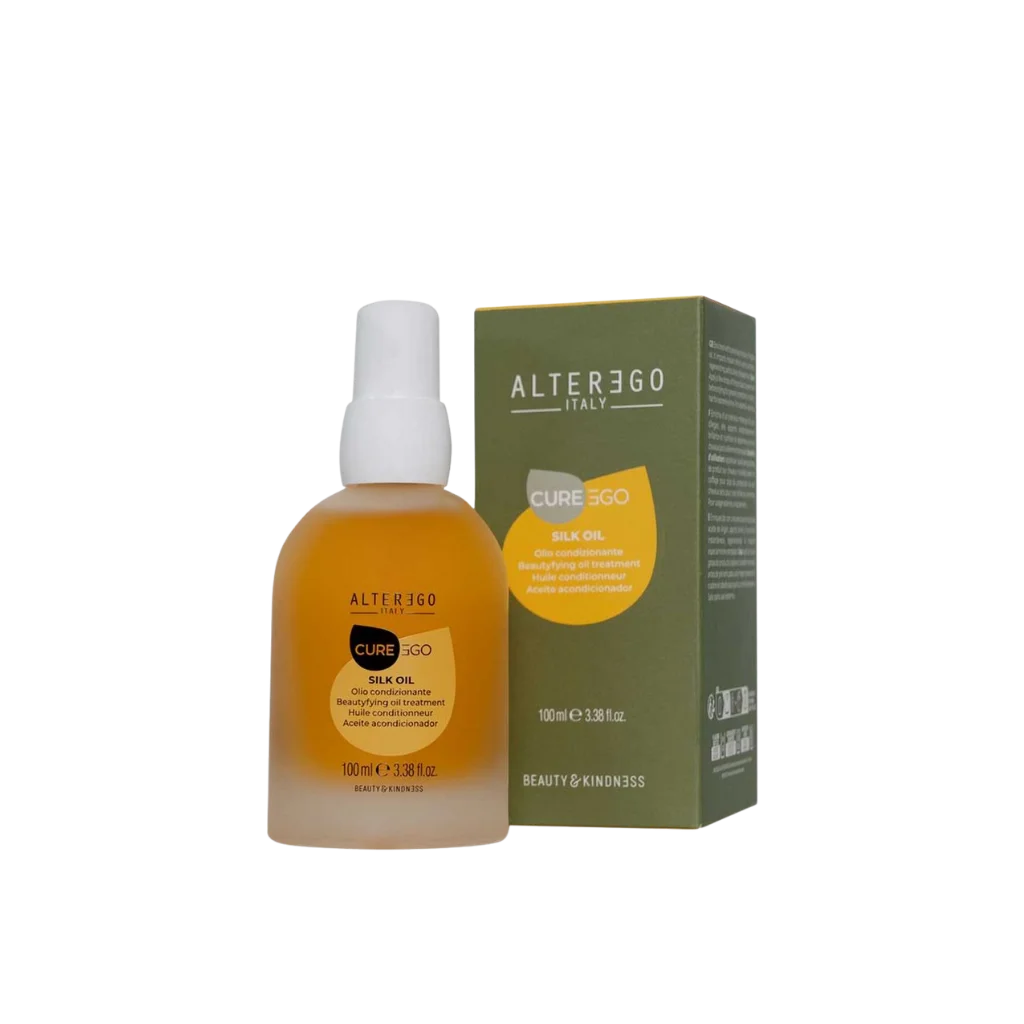
Alter Ego Silk Oil Beautifying Oil Treatment
ADD TO CART -

K18 Molecular Repair Oil
ADD TO CART -

Reverie Ever Recovery Oil
ADD TO CART
Anti-Breakage & Follicle Fortifying
As a major sign of brittle hair is fragility to breakage and advanced hair fall, scalp treatments that fortify (strengthen the follicle) and limit breakage can limit hair loss and breakage.
Best Scalp Treatments for Brittle Hair
-

Davines NaturalTech Energizing Superactive
ADD TO CART -

Colorproof Biorepair® Thicken Scalp Serum
ADD TO CART
Protein treatments:
Protein treatments are crucial for brittle hair because they rebuild and fortify weakened strands by restoring the protein structure that gets stripped away. These treatments work by filling microscopic gaps in the hair shaft, improving flexibility, smoothing texture, and significantly reducing breakage and split ends.
THE GOLDEN RULE: Alternate protein and moisture treatments. Too much protein creates stiff hair; too much moisture creates weak hair.
Best Protein Treatments For Brittle Hair
-

O&M The Power Base Protein Treatment
ADD TO CART -

Evo Mane Attention Protein Treatment
ADD TO CART -

Briogeo Rice Water Protein + Moisture Strengthening Treatment
ADD TO CART -

milk_shake Integrity Intensive Treatment
ADD TO CART
Deep Conditioning Treatments:
Your hair may also be lacking moisture, so a deep conditioning treatment is great to replenish hydration while repairing the cuticle.
Best Deep Conditioning Treatments for Brittle Hair
-
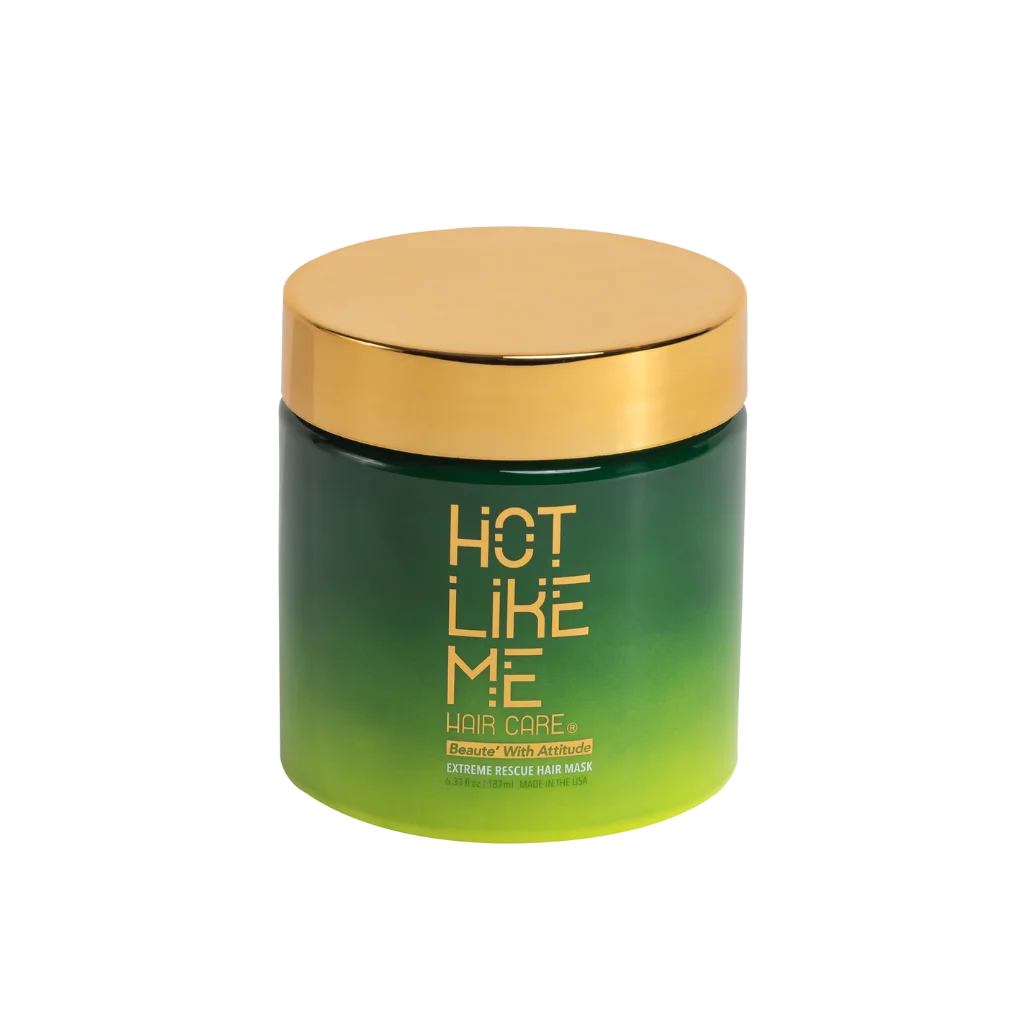
Hot Like Me Extreme Rescue Hair Mask
ADD TO CART -

Ref Stockholm Ultimate Repair Masque
ADD TO CART
The Repair Protocol
Phase 1 (Weeks 1-4): Damage Control
- Stop all heat styling
- Get a trim to remove split ends
- Switch to sulfate-free products
- Begin weekly deep conditioning
Phase 2 (Weeks 5-12): Active Repair
- Introduce protein treatments
- Consider professional salon treatments
- Address nutritional deficiencies with a daily supplement like Viviscal Pro Dietary Supplements
- Implement protective styling
Phase 3 (Months 4-12): Maintenance
- Regular trims every 8-12 weeks
- Reduced treatment frequency
- Continue medical treatments if prescribed
- Optimize lifestyle for long-term health
Realistic Expectations
Your hair grows about 0.5 inches per month, and damaged hair can take 6-18 months to fully recover.
Here’s what to expect:
- 2-6 weeks: Less hair loss, softer feel, improved manageability
- 3-6 months: 1.5-3 inches of new growth, less breakage, noticeable shine improvement
- 6-18 months: Complete hair growth cycle, maximum achievable potential
Success factors matter: Early intervention shows 80-90% improvement rates. Chronic damage might only achieve 40-60% improvement.
Key Ingredients to Look For:
Protein Powerhouses
- Hydrolyzed keratin (0.5-3% concentration) - penetrates hair shaft
- Hydrolyzed silk protein - smoothing and strengthening
- Plant proteins (wheat, oat, rice) - excellent animal-free options
Ceramides
Act as “glue” that helps cuticle layers lay flat. Look for synthetic ceramides or natural sources like hemp seed oil and wheat germ oil.
Effective Oils
- Argan oil - UV protection and antioxidants
- Jojoba oil - similar to natural sebum
- Coconut oil - only oil proven to penetrate hair shaft
What to Avoid
- Sulfates (too harsh for brittle hair)
- Non-water-soluble silicones (create buildup). Shop Silicone-Free Products
- Drying alcohols (evaporate and take moisture)
Shop Sulfate Free Shampoo & Conditioners
-
Pureology Hydrate Shampoo
Regular price $37.00Regular priceUnit price / per -
Olaplex No.4 Shampoo
Regular price $30.00Regular priceUnit price / per -
Briogeo Scalp Revival Micro-Exfoliating Shampoo
Regular price $42.00Regular priceUnit price / per -
Zenagen Evolve Repair Shampoo Treatment
Regular price $60.00Regular priceUnit price / per
Investment-Worthy Treatments
Bond-building treatments like Olaplex or K18 literally reconnect broken bonds at the molecular level—molecular reconstruction for your hair.
The Bottom Line
Brittle hair is a complex condition requiring patience, consistency, and science-based treatments. Most damage is reversible with the right combination of professional treatments, quality products, and lifestyle changes.
Recovery is measured in months, not weeks. By addressing underlying causes, eliminating damaging practices, and implementing targeted repair, most people see significant improvement within 3-6 months.
Your hair reflects your overall health, stress levels, nutrition, and care routine. Treat it with respect, use science-backed products, and prepare for the long game. Your stronger, shinier strands will thank you.
Blog posts
View all-
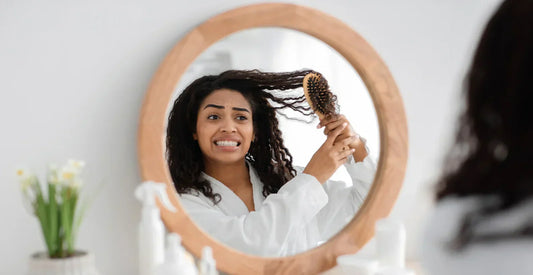
The Brittle Hair Fix: Your Complete Guide to St...
Brittle hair isn’t just dry—it’s damaged from within. If your strands feel weak, snap easily, or won’t grow past a certain point, this guide breaks down everything you need to...
The Brittle Hair Fix: Your Complete Guide to St...
Brittle hair isn’t just dry—it’s damaged from within. If your strands feel weak, snap easily, or won’t grow past a certain point, this guide breaks down everything you need to...
-
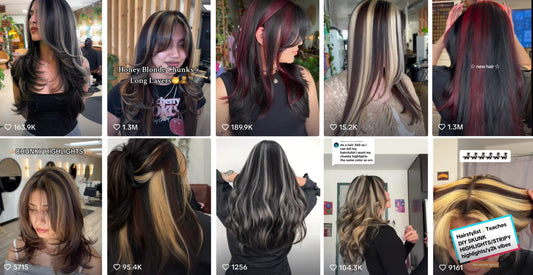
Chunky Highlights are Back: Modern Takes & Care...
Chunky highlights are making a major comeback—this time with a modern twist. Forget the overly stripy looks of the early 2000s. Today’s chunky highlights are bold yet blended, adding dimension...
Chunky Highlights are Back: Modern Takes & Care...
Chunky highlights are making a major comeback—this time with a modern twist. Forget the overly stripy looks of the early 2000s. Today’s chunky highlights are bold yet blended, adding dimension...
-
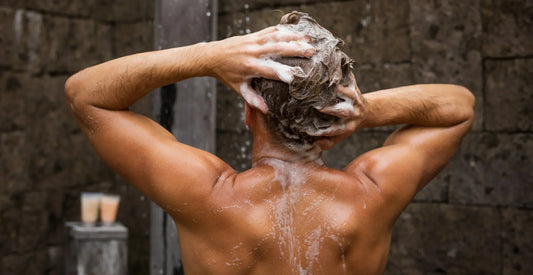
Best Hair Products for Men: The Ultimate Guide ...
Choosing the right hair products doesn’t have to be complicated. This guide breaks it down by hair type — from fine to thick, curly to long — with expert-approved recommendations...
Best Hair Products for Men: The Ultimate Guide ...
Choosing the right hair products doesn’t have to be complicated. This guide breaks it down by hair type — from fine to thick, curly to long — with expert-approved recommendations...
1
/
of
3












